How To Clean Meat Processing Equipment
Maintaining cleanliness in meat processing equipment is crucial for ensuring food safety, preventing contamination, and complying with health regulations. As someone who has worked in the food processing industry for many years, I can attest to the importance of a thorough and regular cleaning regimen. In this article, I will guide you through the essential steps, tools, and tips for effectively cleaning your meat processing equipment.
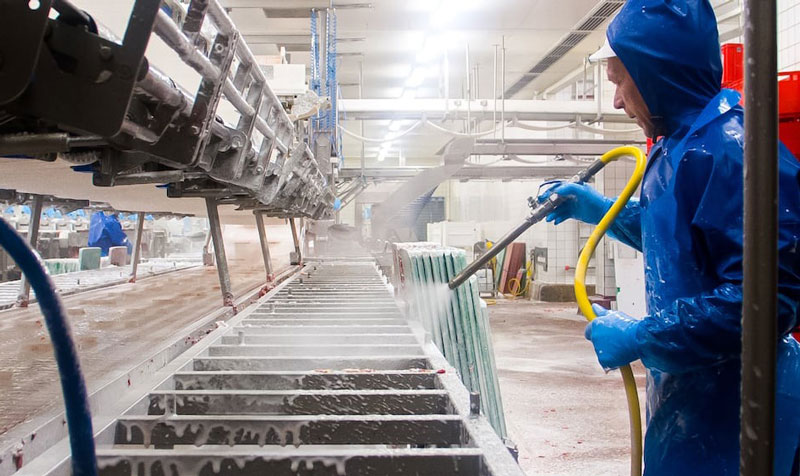
Why Cleaning Meat Processing Equipment is Important
Food Safety: Proper cleaning prevents bacterial contamination that can lead to foodborne illnesses.
Compliance: Adhering to health regulations and industry standards avoids legal issues and potential shutdowns.
Equipment Longevity: Regular cleaning and maintenance extend the lifespan of your equipment, reducing replacement costs.
Product Quality: Clean equipment ensures the quality and taste of your meat products remain consistent.
Essential Cleaning Tools and Supplies
Personal Protective Equipment (PPE): Gloves, aprons, and goggles to protect workers from cleaning chemicals and sharp parts.
Cleaning Agents: Food-grade detergents and sanitizers specifically designed for meat processing equipment.
Brushes and Scrapers: Various sizes and shapes to clean different parts of the equipment.
High-Pressure Washers: For thorough cleaning of hard-to-reach areas.
Microfiber Cloths and Sponges: For wiping and scrubbing surfaces.
Buckets and Spray Bottles: For mixing and applying cleaning solutions.
Step-by-Step Cleaning Procedure
Preparation
Disconnect Equipment: Ensure all machinery is turned off and disconnected from power sources to prevent accidents.
Remove Residual Meat: Use scrapers and brushes to remove large pieces of meat and fat from the equipment.
Disassembly
Dismantle Removable Parts: Take apart any removable components such as blades, trays, and conveyor belts. This allows for more thorough cleaning.
Initial Rinse
Use Warm Water: Rinse all parts with warm water to remove loose debris and blood. This step helps in loosening up the residue for more effective cleaning.
Apply Detergent
Prepare Cleaning Solution: Mix a food-grade detergent with warm water according to the manufacturer’s instructions.
Scrub Surfaces: Use brushes and sponges to scrub all surfaces, paying close attention to crevices and joints where meat residue can accumulate.
Rinse Again
Thorough Rinse: Use a high-pressure washer or hose to rinse off the detergent, ensuring no residue remains.
Sanitization
Apply Sanitizer: Spray or wipe a food-grade sanitizer on all surfaces. Allow it to sit for the recommended contact time to kill any remaining bacteria.
Final Rinse: Rinse off the sanitizer with clean water if required by the sanitizer's instructions.
Drying
Air Dry or Towel Dry: Allow the equipment to air dry completely or use clean towels to dry the surfaces. This step prevents water spots and rusting.
Reassembly
Put Components Back Together: Reassemble all removable parts once they are completely dry. Ensure everything is securely in place.
Final Inspection
Check Cleanliness: Conduct a thorough inspection to ensure all parts are clean and free from detergent or sanitizer residues.
Test Equipment: Run the equipment briefly to ensure it is functioning correctly and smoothly after reassembly.
Tips for Effective Cleaning
Regular Cleaning Schedule: Establish a routine cleaning schedule based on the frequency of use and type of meat processed.
Employee Training: Ensure all staff are trained in proper cleaning procedures and understand the importance of hygiene.
Record Keeping: Maintain detailed records of cleaning activities, including dates, methods used, and any issues encountered.
Use of Color-Coded Tools: Prevent cross-contamination by using color-coded cleaning tools for different areas or types of equipment.
Routine Maintenance: Regularly check and maintain equipment parts to prevent breakdowns and ensure efficient cleaning.
Conclusion
Effective cleaning of meat processing equipment is essential for maintaining food safety, product quality, and equipment longevity. By following a structured cleaning procedure and using the right tools and cleaning agents, you can ensure your equipment remains sanitary and efficient. Remember, a clean processing environment not only protects your customers but also enhances your reputation in the industry.
Implement these cleaning practices consistently to uphold the highest standards of hygiene and operational efficiency in your meat processing facility.
Must-Read Blogs For Chain Restaurants Owner

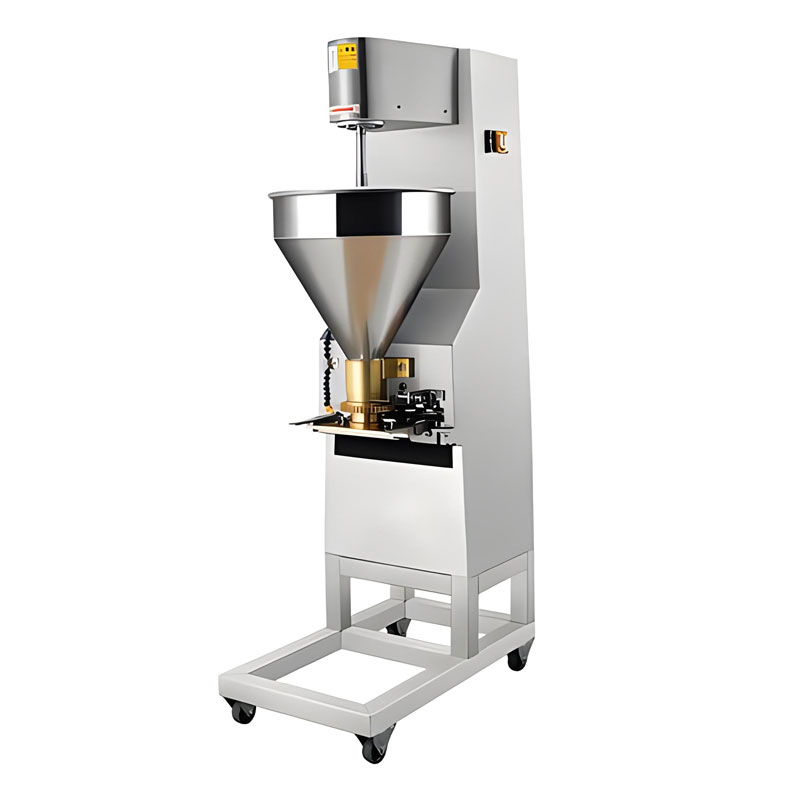
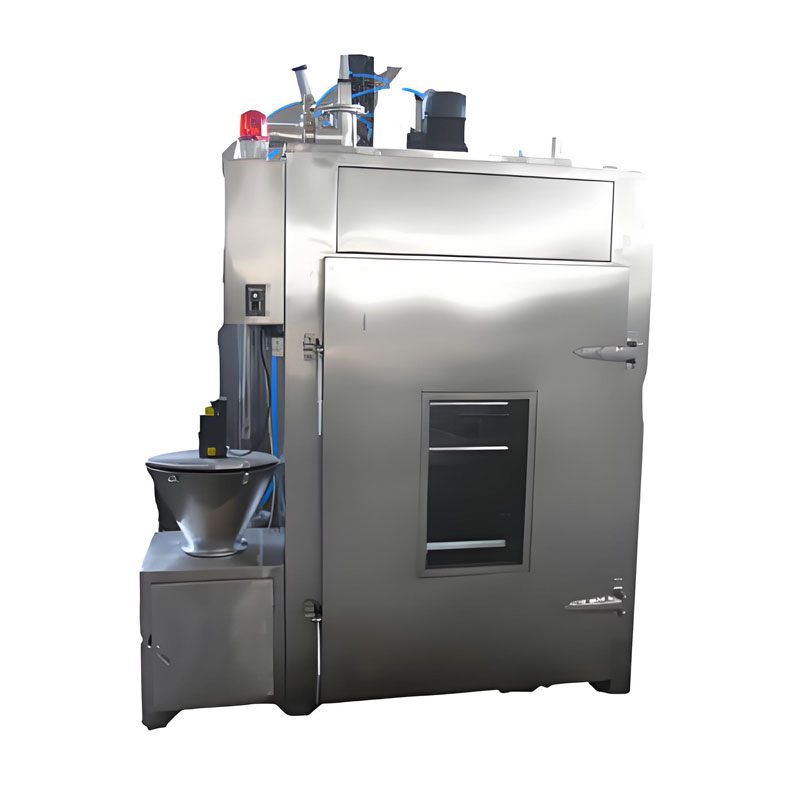
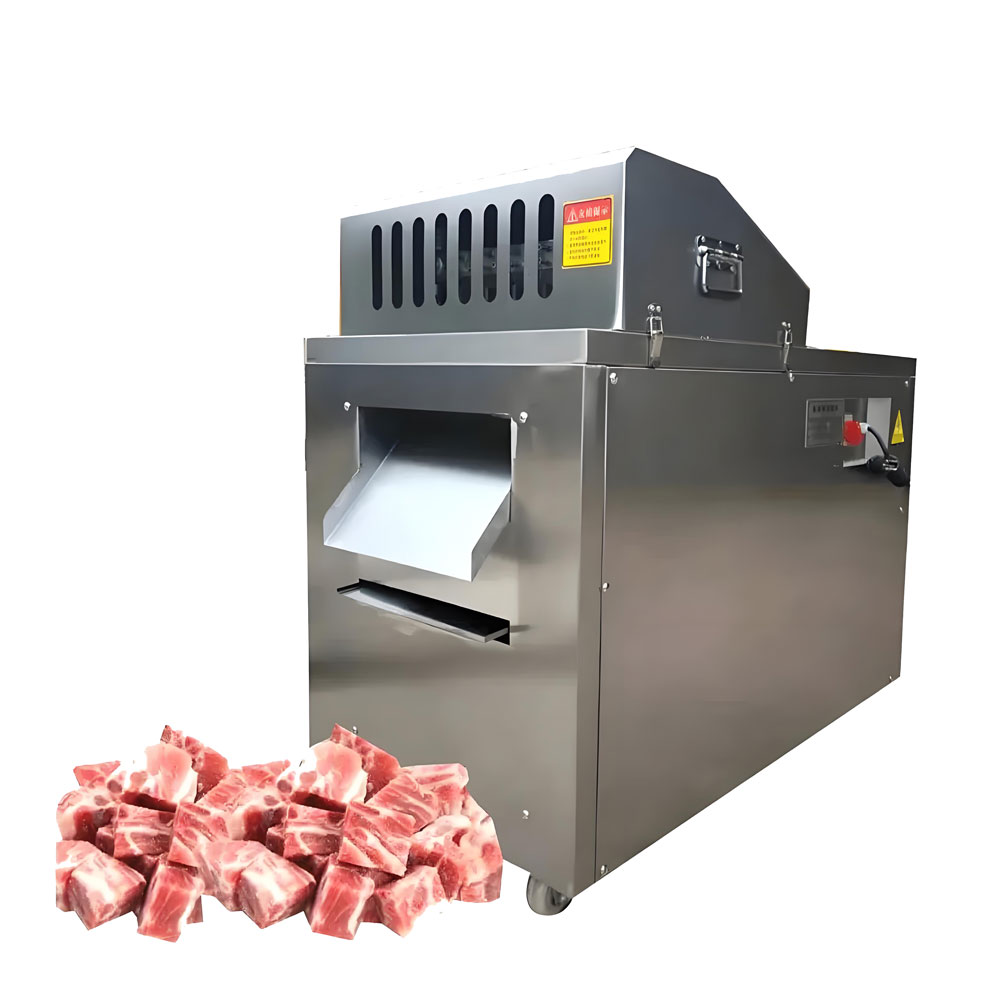
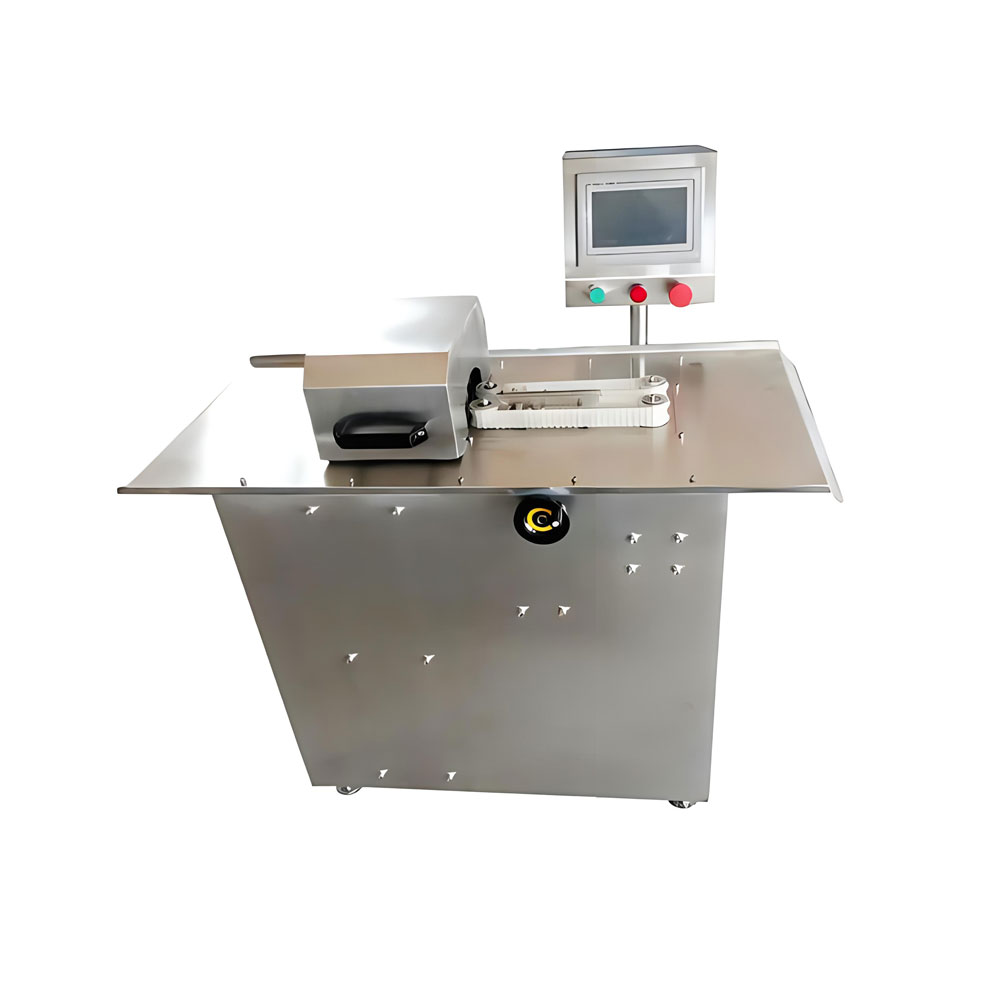
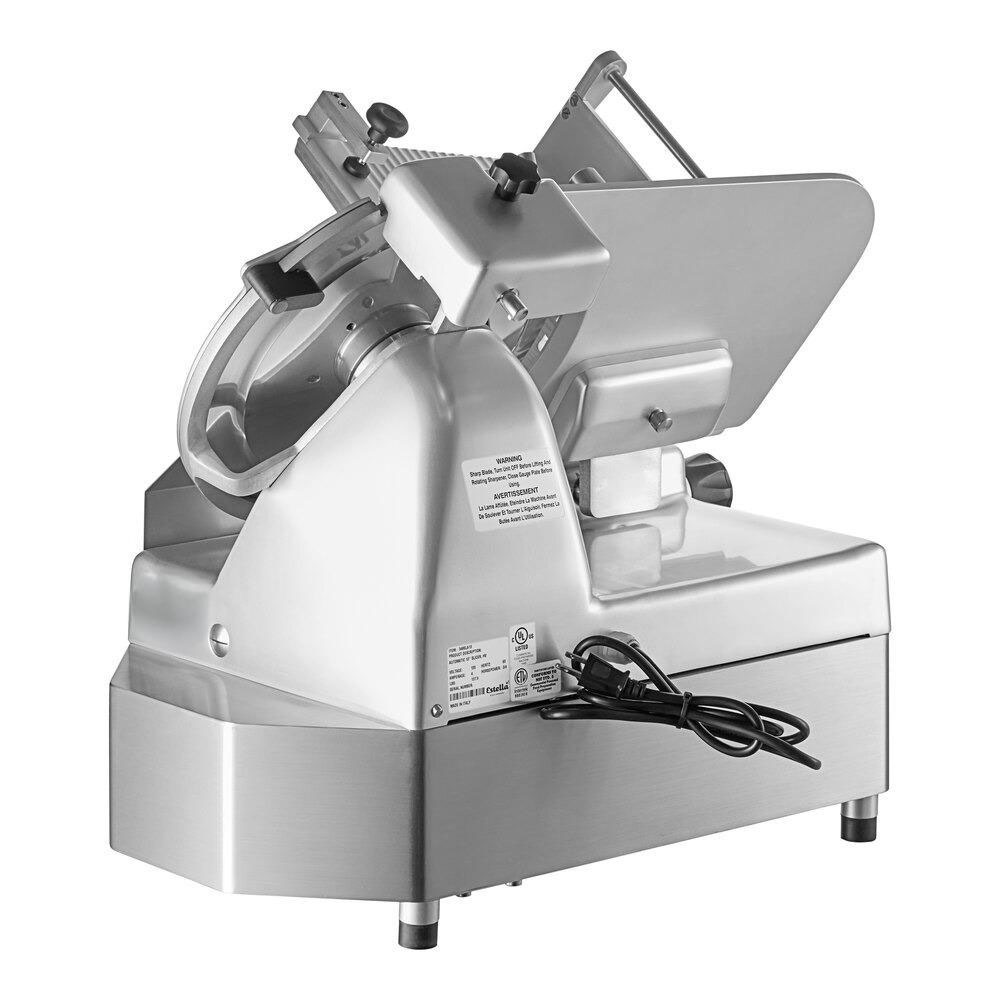
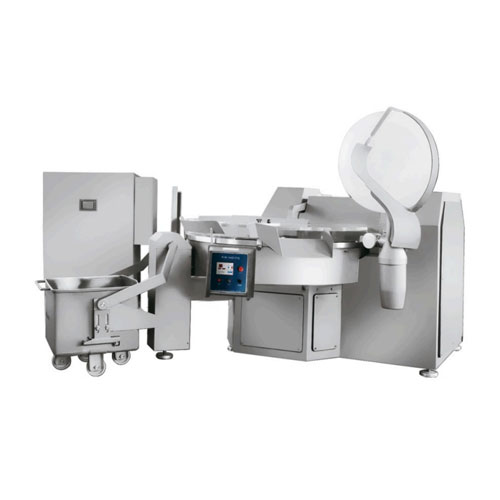
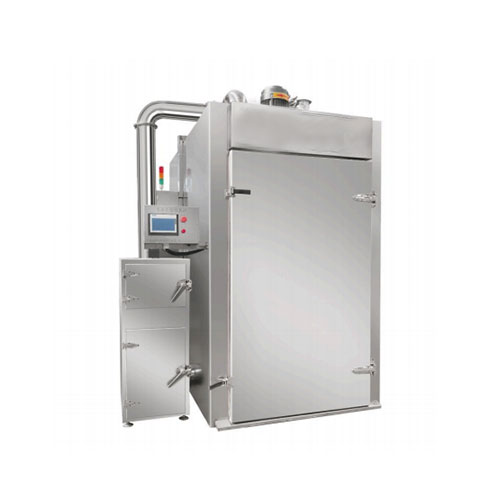
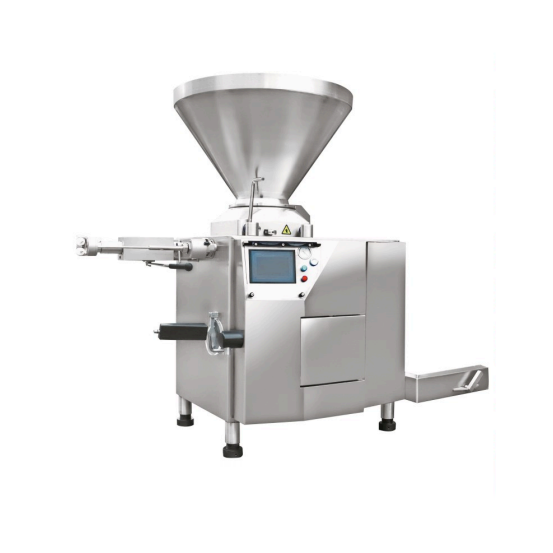
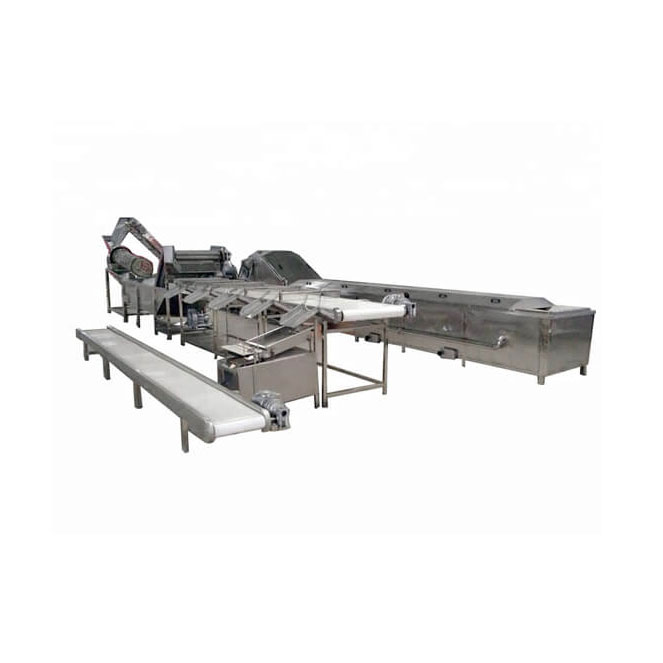
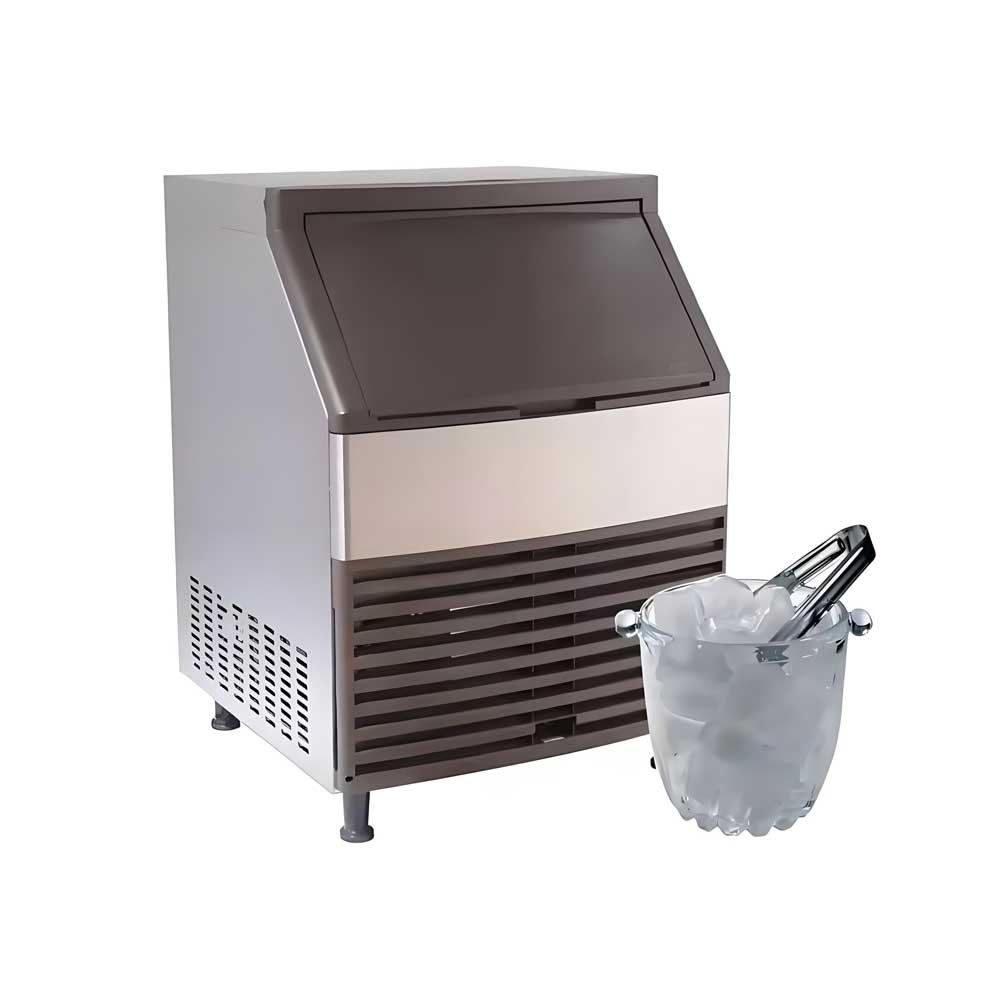
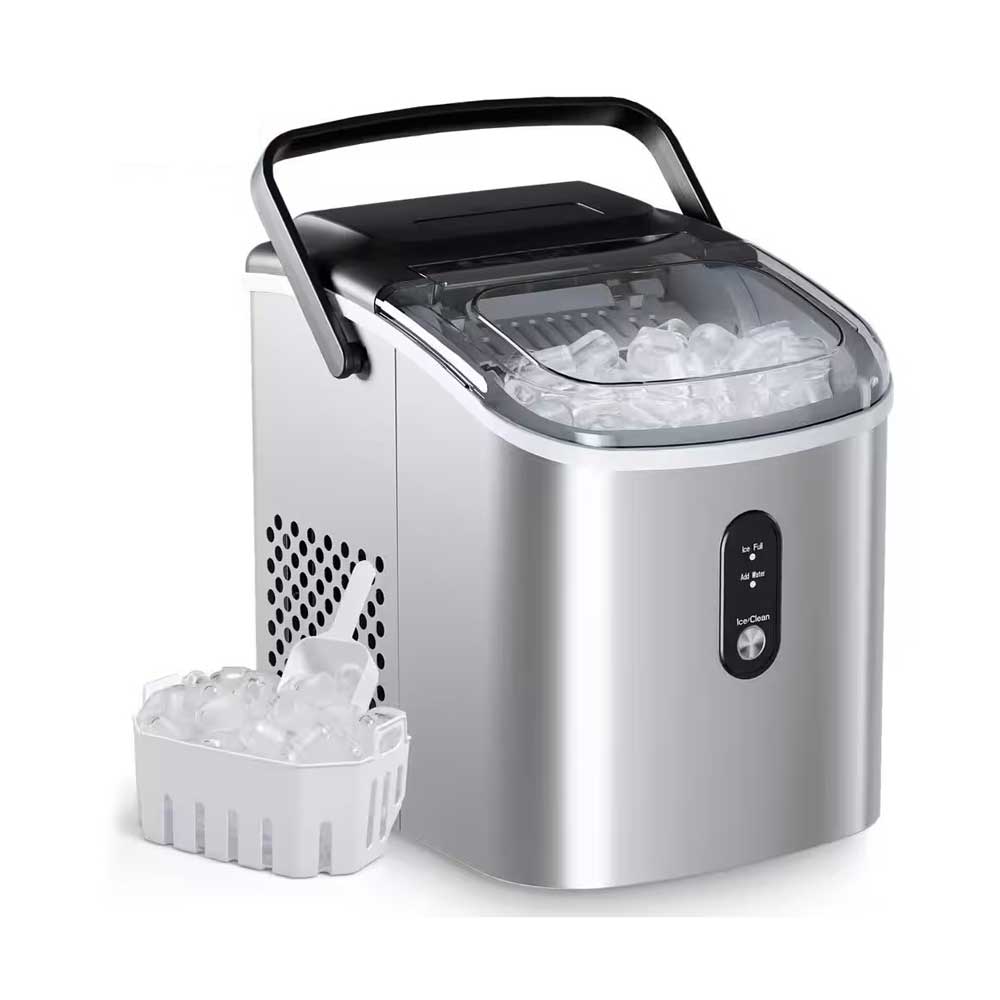 Portable Flake Ice Machine
Portable Flake Ice Machine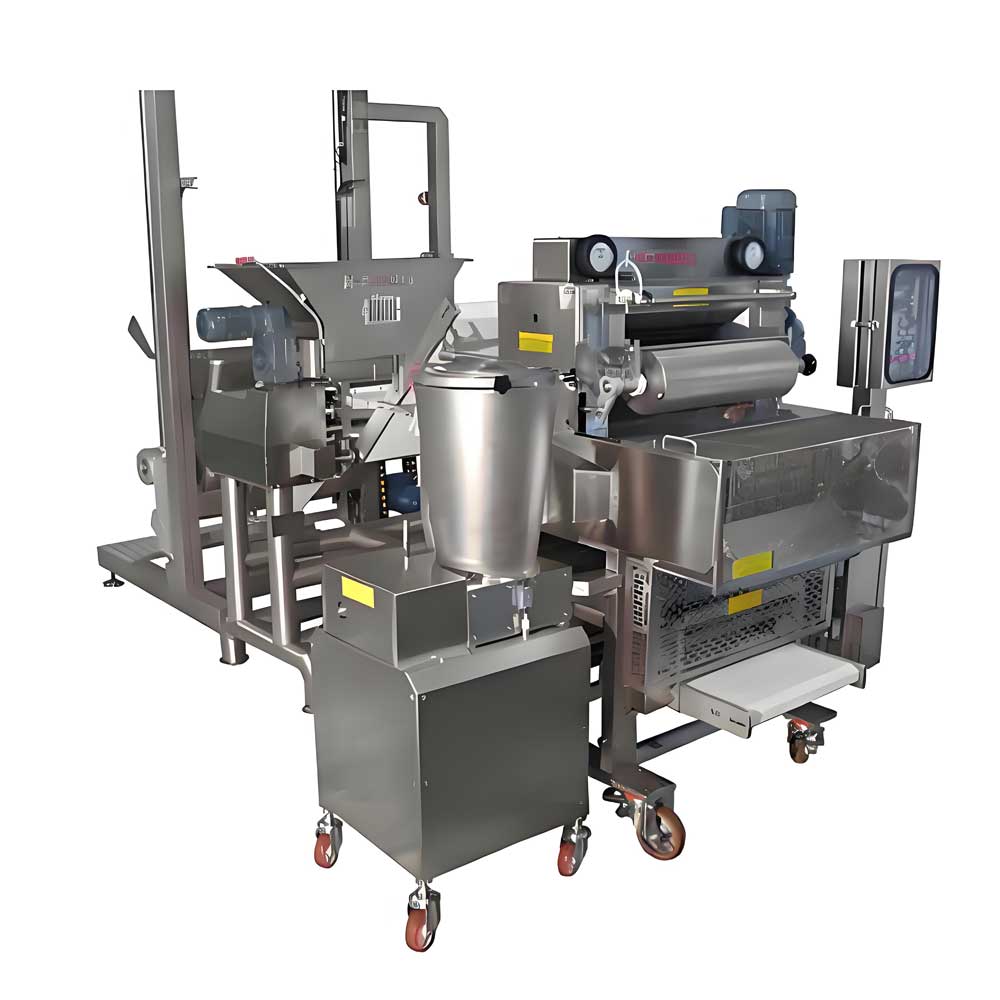 Pelmeni Making Machine
Pelmeni Making Machine
Ready to Get Started?